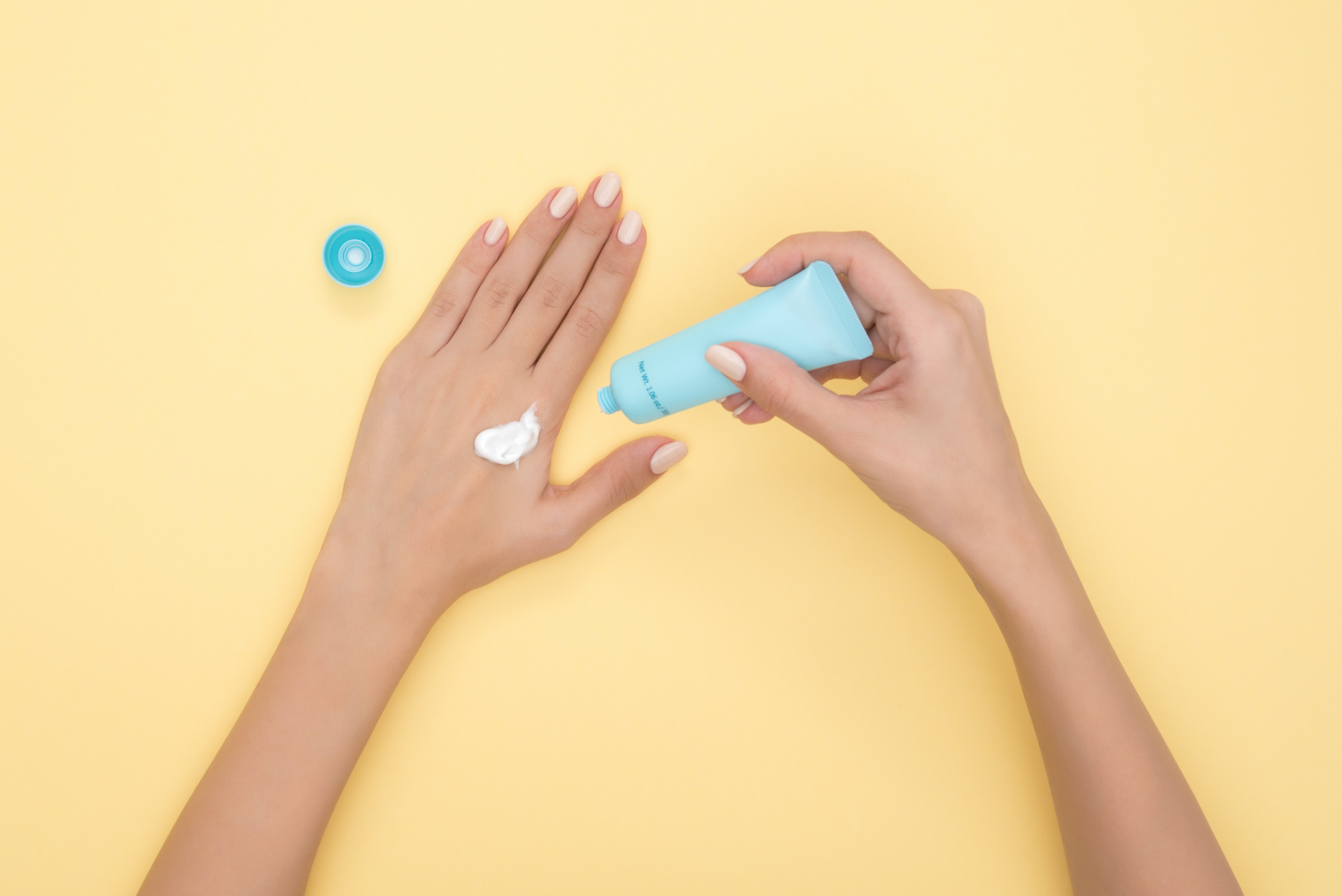 Shaking up the Sunscreen Industry
Shaking up the Sunscreen Industry
Over the past couple decades, the scope and magnitude of sunscreen regulation has expanded significantly under the FDA. Beginning with the original OTC sunscreen monograph drafted by the FDA in 1978, there have been several revisions and amendments to the original draft that have greatly changed the scope of regulation. In 2007 the FDA proposed revisions to the 1999 final OTC monograph, including a standardized method for testing of UVA protection which had been missing from previous safety studies.
In 2011 the proposed order was finalized, and a new order was proposed suggesting the inclusion of dosage tests of sunscreen active ingredients to the OTC drug review process. The data from these dosage tests would be used to either support or refute GRASE determinations made by the FDA. After the 2011 changes, sunscreen regulation remained relatively untouched for the next few years, but in 2019 a series of scientific studies analyzing the properties of sunscreen active ingredients would be the impetus for a series of great regulatory changes.
The Sunscreen Adsorption Studies
Two different sets of clinical studies testing active ingredients were conducted by the FDA in 2019 and submitted to the Journal of the American Medical Association (JAMA) testing the systemic adsorption of active ingredients found in commercially available sunscreen formulations. The active ingredients tested in the two FDA studies were avobenzone, oxybenzone, octocrylene, homosalate, octisalate, octinoxate and ecamsule. The results showed that the active ingredients were adsorbed into the bloodstream in significant quantities (above 0.5 ng/mL). Adsorption was observed at both maximal application which is the highest recommended dosage and even after only a single application of sunscreen. Additionally, the second study indicated that adsorbed active ingredients remained in the bloodstream for extended periods of time.
While systemic adsorption does not necessarily correlate with health risks, previous safety studies with these ingredients had been conducted based on the assumption that they were not adsorbed through the skin. Consequently, there was and still is a concerning lack of safety data supporting the continued usage of many active ingredients included in commercially available OTC sunscreen.
The FDA’s Recent Update to Sunscreen Regulation
Following the shocking results of the 2019 adsorption studies, the FDA quickly submitted proposed regulation changes in November 2019 and in 2020 the CARES act changed the OTC monograph administrative rule making process for sunscreen regulation. With the most recent set of final orders and proposed orders deemed by the FDA on 16th of December 2022, it is clear that the sunscreen market will soon be facing a regulatory paradigm shift that will alter the way sunscreen is formulated for the foreseeable future.
What is a Final Order & What is a Proposed Order?
The deemed final order can be thought of as the sunscreen rules and regulations currently in affect & the proposed order is a proposed list of revisions to the final order. The system of orders was put in place by the 2020 CARES act and gives the FDA the administrative power to more effectively update OTC monographs with a higher level of scientific scrutiny. After a proposed order has been issued, the public has 45 days to comment on the proposed order. After the public’s comments are reviewed, a final order will be issued and given an active date. The date of the new final order must be at least one year after the previous final order was issued.
Why is the Proposed Order Important?
While the most recent final order did not alter sunscreen regulation greatly, the proposed order includes significant changes to several common active ingredients GRASE designation. Generally recognized as safe and effective (GRASE) is the designation given by the FDA to chemicals or substances that have passed the FDA’s standards of scientific testing and can be marketed without a new drug approval (NDA) or FDA pre-market approval (PMA). Therefore, GRASE ingredients tend to be the most cost efficient and time efficient inclusion for sunscreen formulations in the vast majority of commercially available sunscreen products. Changing even a single ingredient on the GRASE list can drastically affect the sunscreen market. However, the proposed order changes the GRASE designation of 14 common sunscreen active ingredients.
Zinc oxide and titanium dioxide will retain their GRASE status. Aminobenzoic acid and trolamine salicylate will lose their GRASE status due to reported safety issues. Oxybenzone, avobenzone, dioxybenzone, sulisobenzone, cinoxate, octinoxate, octisalate, meradimate, homosalate, ensulizole, octocrylene, and padimate O will lose their GRASE designation due to insufficient data supporting a safety ruling.
The FDA will allow studies performed between now and the final order date to influence GRASE determinations. However, the FDA fully plans on using the administrative power given by the 2020 CARES act to closely monitor the success and progress of ongoing safety studies. If unsatisfied with the progress of current studies or no new data comes to light, the FDA will issue their final order enforcing the NON-GRASE status of the 14 active ingredients in question. Oxybenzone alone is found in over 3,500 skin care products worldwide which would all likely need to be retested or replaced for consumer use.
At the forefront of this evolving regulatory landscape is Amelia Technologies using scientific innovation, cutting edge technology and high throughput methods to efficiently test hundreds of compounds at the highest standards of scientific excellence. If you want to learn more about the history of sunscreen, consider reading our previous post: Sunscreen: A History and Overview – Amelia Technologies.
Sources:
Shedding New Light on Sunscreen Absorption | FDA
Shedding More Light on Sunscreen Absorption | FDA
An update on sunscreen requirements: The deemed final order and the proposed order | FDA
